The graph shows the variation in magnetic flux ϕ(t) with time through a coil. Which of the statements given below is not correct?

There is a change in the direction as well as magnitude of the induced emf between B and D
The magnitude of the induced emf is maximum between B and C
There is a change in the direction as well as magnitude of induced emf between A and C
The induced emf is zero at B
The correct Answer is:D
Topper's Solved these Questions
- ELECTROMAGNETIC INDUCTIONBOOK - CENGAGE PHYSICSCHAPTER - ELECTROMAGNETIC INDUCTIONEXERCISE - Multiple correct Answer Type
3 Videos
- ELECTROMAGNETIC INDUCTIONBOOK - CENGAGE PHYSICSCHAPTER - ELECTROMAGNETIC INDUCTIONEXERCISE - single correct
10 Videos
- ELECTROMAGNETIC INDUCTIONBOOK - CENGAGE PHYSICSCHAPTER - ELECTROMAGNETIC INDUCTIONEXERCISE - Archives Asserton - Reasoning
1 Videos
- ELECTROMAGENTIC INDUCTIONBOOK - CENGAGE PHYSICSCHAPTER - ELECTROMAGENTIC INDUCTIONEXERCISE - QUESTION BANK
40 Videos
- ELECTRON,PHONTS,PHOTOELECTRIC EFFECT & X-RAYSBOOK - CENGAGE PHYSICSCHAPTER - ELECTRON,PHONTS,PHOTOELECTRIC EFFECT & X-RAYSEXERCISE - dpp 3.3
15 Videos
Similar Questions
The graph shows the variation in magnetic flux ϕ(t) with time through a coil. Which of the statements given below in not correct?
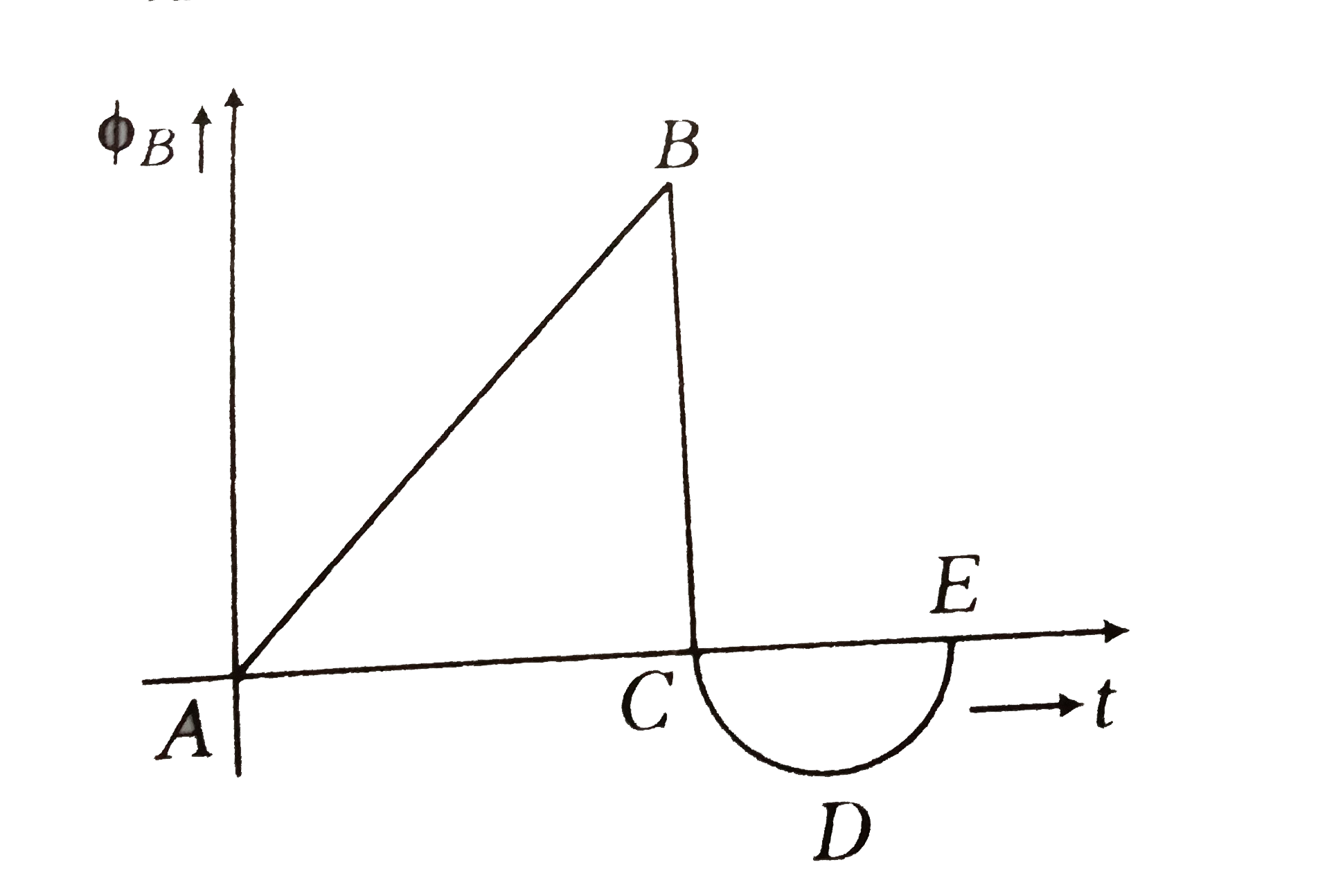
View SolutionThe given graph shows the variation of velocity with displacement. Which one of the graph given below correctly represents the variation of acceleration with displacement :-

View Solution
Knowledge Check
The graph shows the variation in magnetic flux ϕ(t) with time through a coil. Which of the statements given below in not correct?
 AThere is a change in the direction as well as magnitude of the induced emf between B and DBThe magnitude of the induced emf is maximum between B and CCThere is a change in the direction as well as magnitude of induced emf between A and CDThe induced emf is not zero at B
AThere is a change in the direction as well as magnitude of the induced emf between B and DBThe magnitude of the induced emf is maximum between B and CCThere is a change in the direction as well as magnitude of induced emf between A and CDThe induced emf is not zero at BThe given graph shows the variation of velocity with displacement. Which one of the graphs given below correctly represents the variation of acceleration with displacement ?
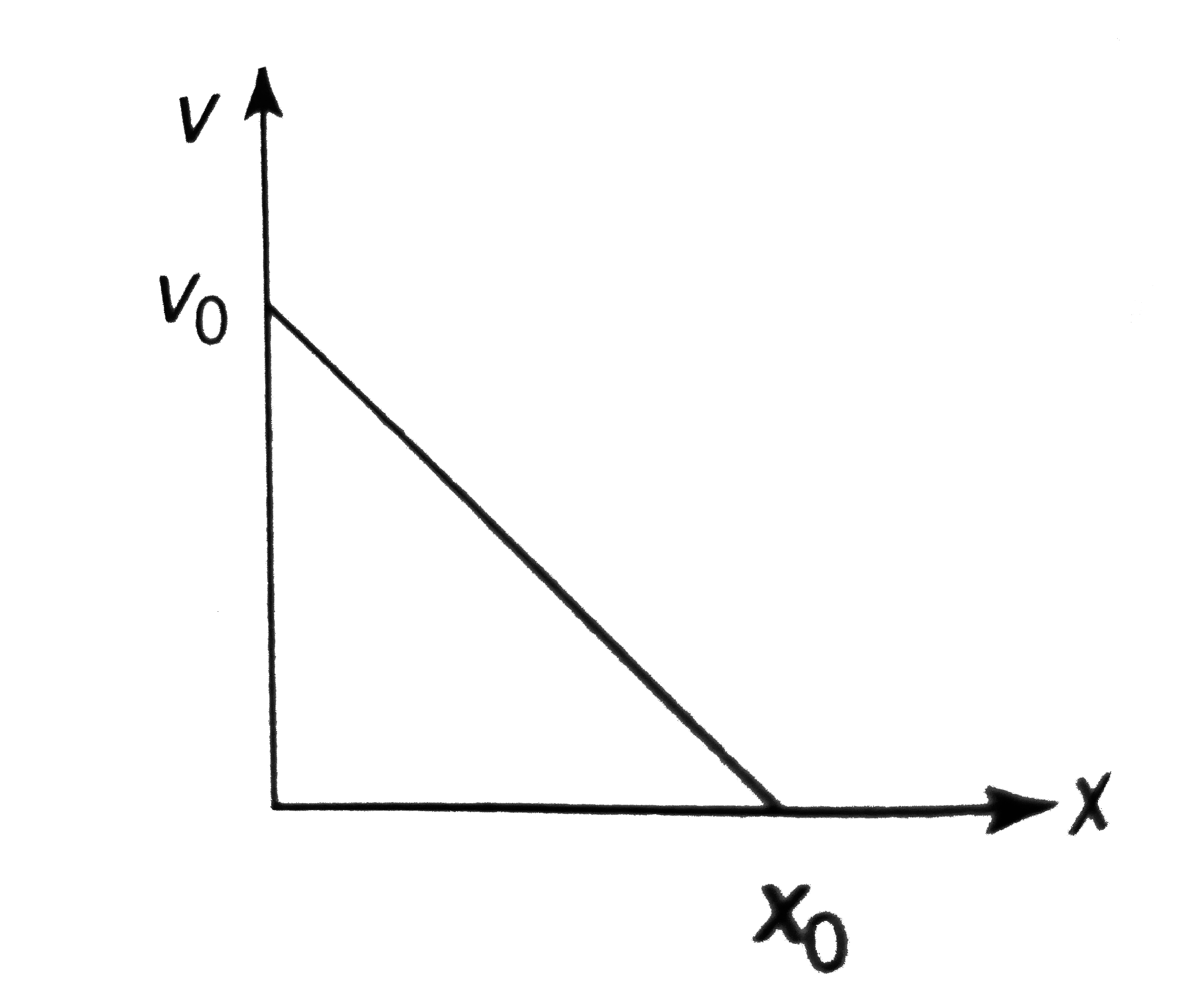 A
A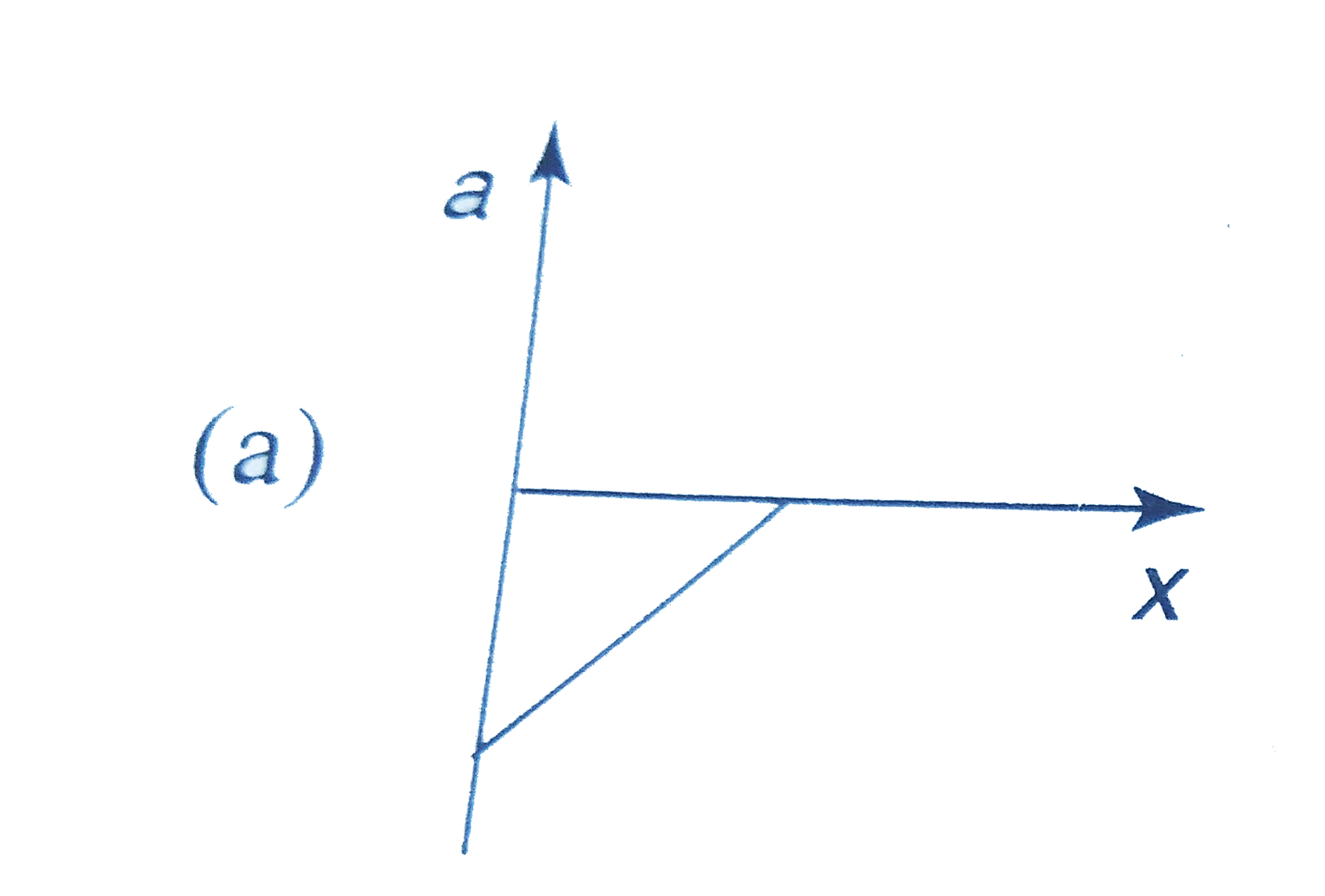 B
B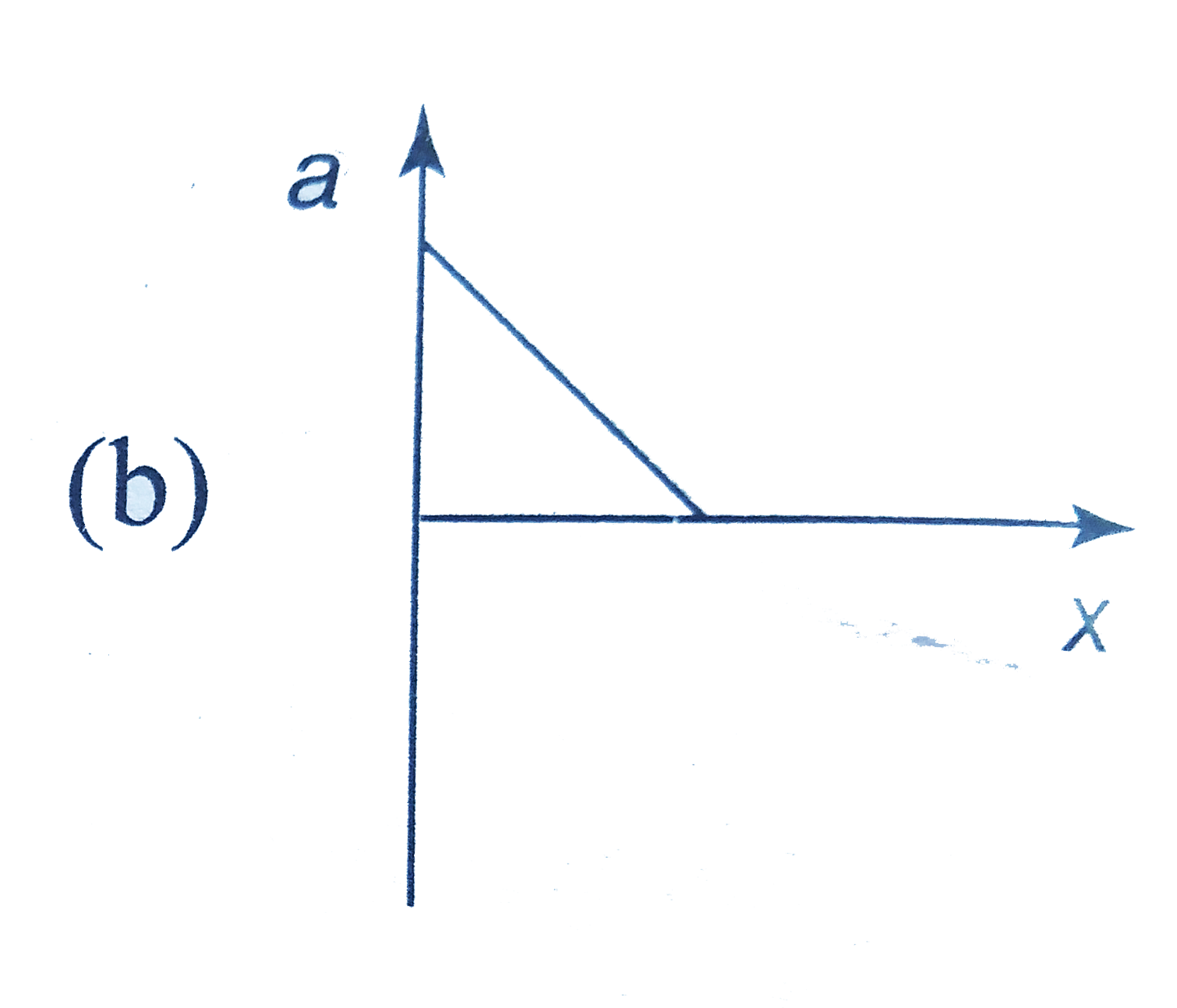 .C
.C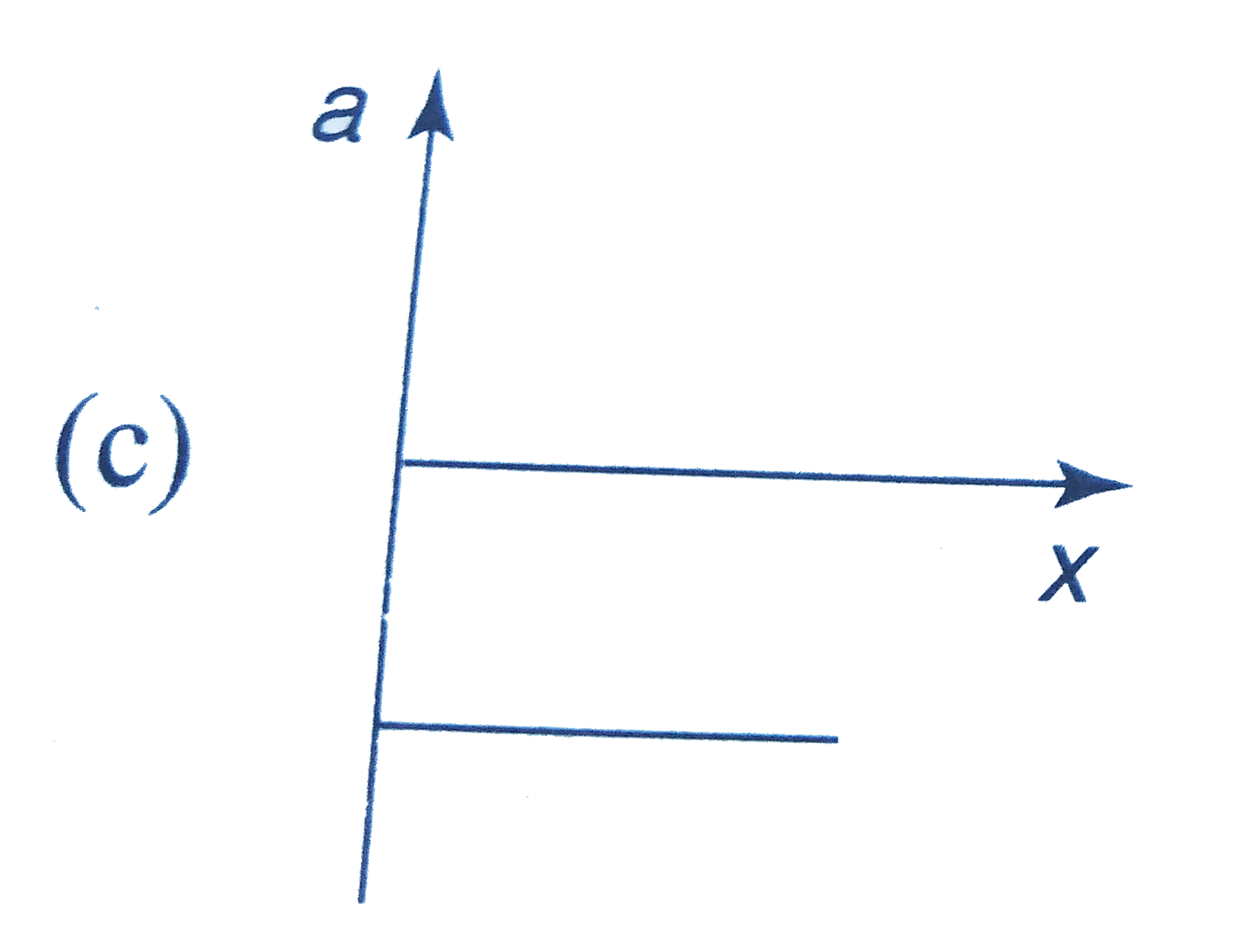 .D
.D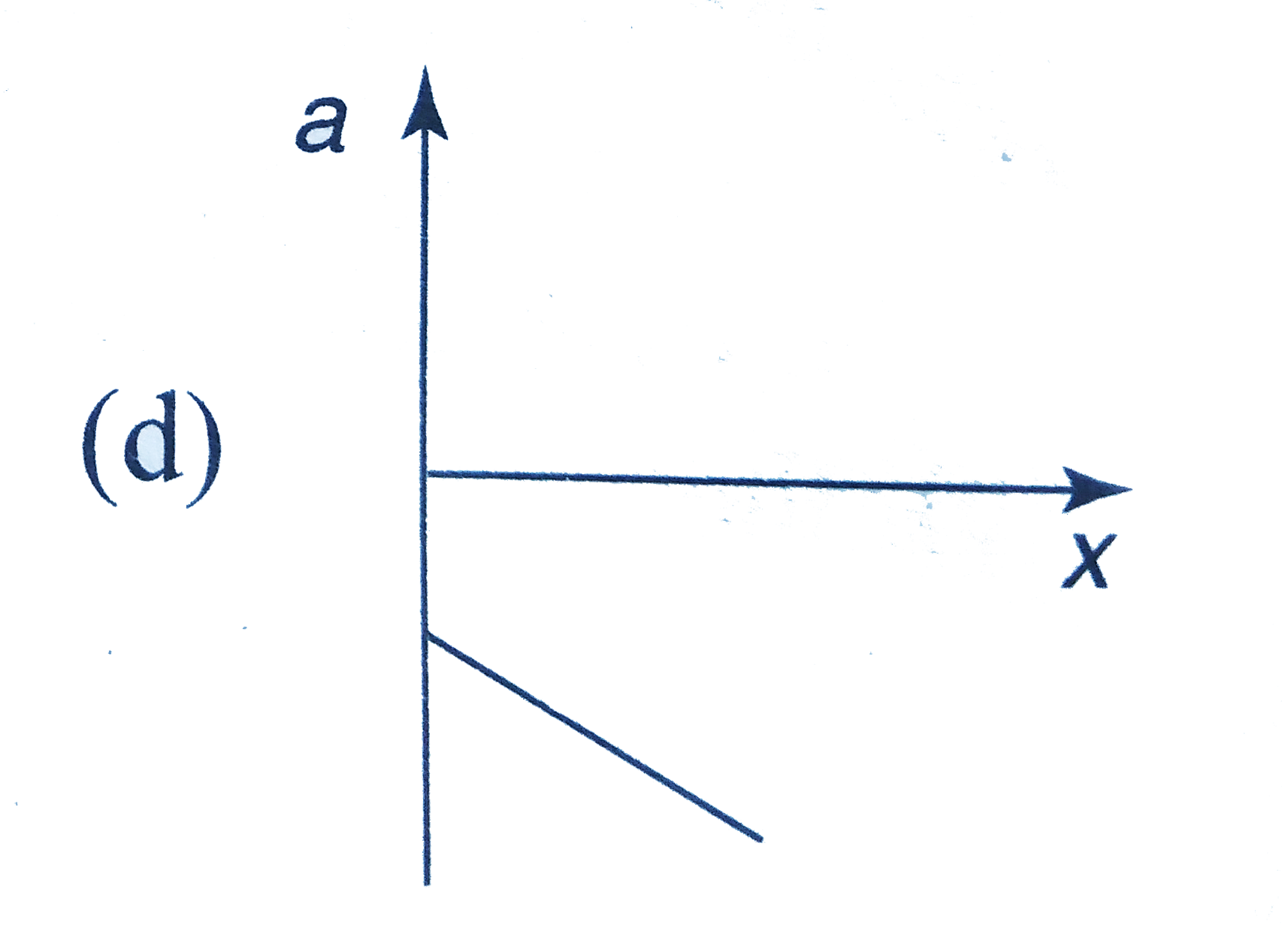 .
.Let magnetic flux be ϕB , induced emf be ξ and power P. All the three quantities related with each other, that is, if we vary the magnetic flux, induced emf and power change according the variation of magnetic flux. In the given table, Column I shows the variation of magnetic flux, Column II shows the effect on induced emf and Column III shows the effect on power.
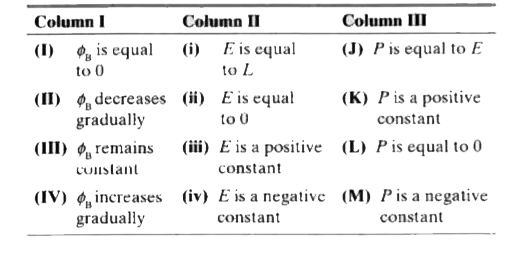
What are the conditions for a coil entering the magnetic field?A(I) (iii) (L)B(IV) (iv) (M)C(IV) (iv) (K)D(I) (iii) (J)
The given graph shows the variation of velocity with displacement. Which one of the graphs given below correctly represents the variation of acceleration with displacement ?

View SolutionConsider a rectangular coil of wire carrying constant current I, forming a magnetic dipole. The magnetic flux through an infinite plane that contains the circular coil and excluding the rectangular area is given by ϕi. The magnetic flux through the area of the rectangular area is given by ϕ0. Which of the following option is correct?
View SolutionConsider a rectangular coil of wire carrying constant current I, forming a magnetic dipole. The magnetic flux through an infinite plane that contains the rectangular coil and excluding the rectangular area is given byϕ. magnetic flux through the area of the rectangular area is given by ϕ. Which of the following option is correct?
View SolutionLet magnetic flux be ϕB , induced emf be ξ and power P. All the three quantities related with each other, that is, if we vary the magnetic flux, induced emf and power change according the variation of magnetic flux. In the given table, Column I shows the variation of magnetic flux, Column II shows the effect on induced emf and Column III shows the effect on power.
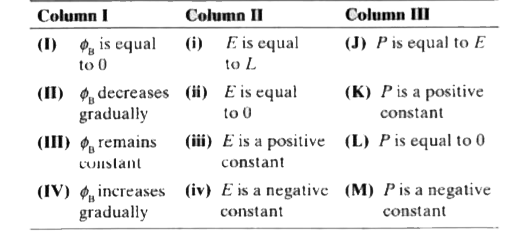
What are the conditions for a coil out of the field?
View SolutionConsider a rectangular coil of wire carrying constant current I, forming a magnetic dipole. The magnetic flux through an infinite plane that contains the rectangular coil and excluding the rectangular area is given byϕ. magnetic flux through the area of the rectangular area is given by ϕ. Which of the following option is correct?
View Solution
